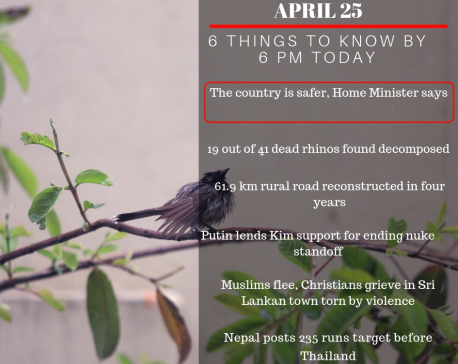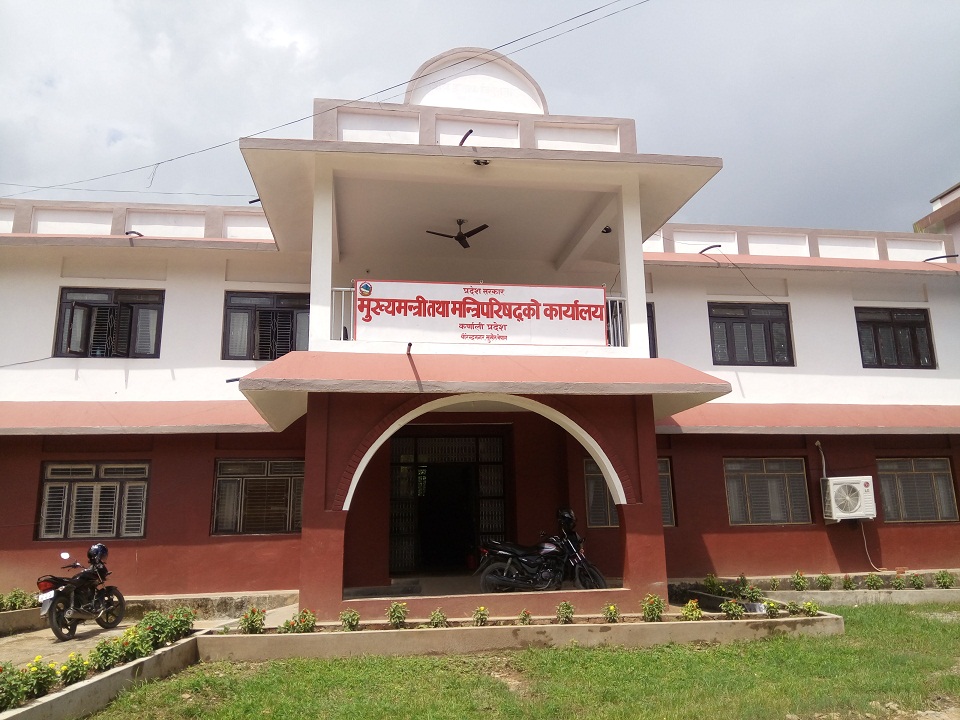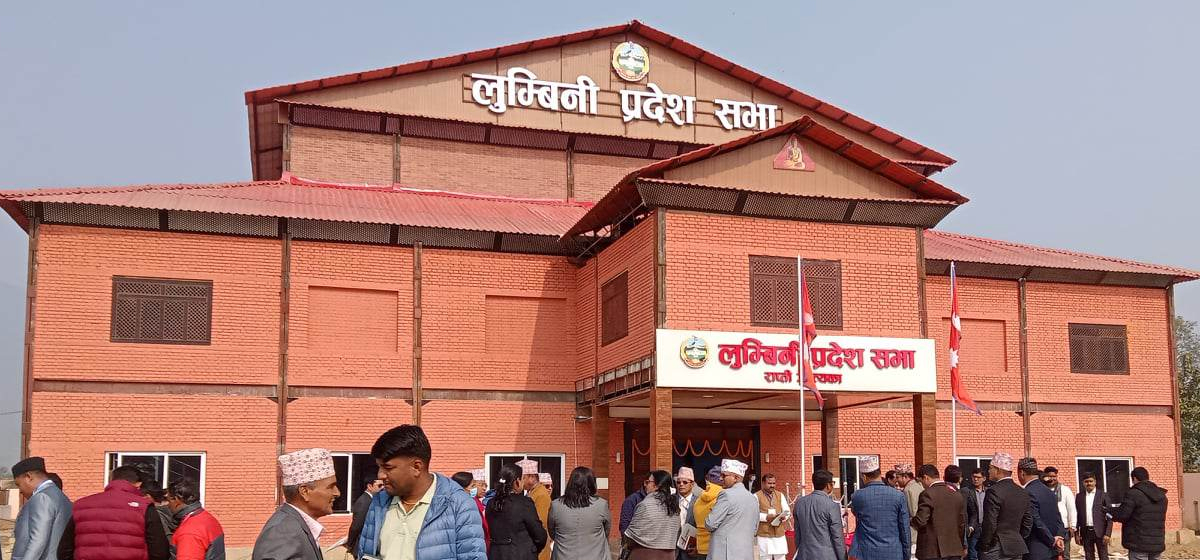
OR
Relocate unsafe petrol stations
Published On: March 25, 2019 02:05 AM NPT By: Republica | @RepublicaNepal
The petrol pump stations which thousands of bikers and motorists visit and which should be placed in locations safe for both operators as well as the visitors remain mostly in too risky areas. It is so within the Kathmandu Valley and towns and cities outside the valley, which is why the government authorities must immediately direct them to enhance their safety measures, relocate them and if the operators stand defiant even shut them down. For the safety risks they pose are huge, for the visitors, pump operators, houses and settlements lying close to those stations and even general public. Our report prepared in coordination with Center for Investigative Journalism (CIJ) highlights the urgency of the matter. According to the report, nearly all of 172 petrol stations in the Valley (123 in Kathmandu, 29 in Lalitpur and 20 in Bhaktapur) lie in unsafe zones. Majority of them are set up few feet away from the roads, some even standing right on the edge of road or even adjoin footpath. Motorists stop on the busy roads to refill their tanks, there is no place for a fire control system in case of disaster, nor any preventive mechanism.
Alarmingly, these stations have continued running their business despite the warning from Nepal Oil Corporation that they should be closed down or relocated. Electric wires hang over some of these stations posing the risk of short circuiting, which, when occurs, will set the stations in blaze. One petrol station normally stores 20,000 liters of diesel and 12,000 liters of petrol, which means that around 3.4 million liters of diesel and two million liters of petrol are in underground storage inside the valley. Imagine the disaster in case of fire outbreaks in and around such stations. It is troubling that these stations do not abide by the safety directives formulated by NOC. According to the directives, each petrol pump must compulsorily have four fire extinguishers weighing 10 kilograms, there should be a concrete compound wall of three to five feet or cemented pillars with barbed wire on three sides. The refilling area should be covered with a canopy of around 18 meters and up to 30 meters of roof. There should be a fire retardant system inside the compound and underground containers. And most of all, there must be a distance of at least 10 kilometers between two petrol stations so as to prevent fire spreading between them. But as things stand, many stations are only one kilometer apart.
Likewise, underground containers for petroleum products should be away from human settlements and there should also be a three to five feet wall around the petrol station. These stations have blatantly ignored these requirements and NOC stands as a helpless spectator. NOC officials cite lack of law to take action against them. If that is the case, the government should immediately formulate the required law. The unsafe stations have already resulted in massive blaze. In November 2017, for example, Alam Mechanical Workshop inside Tripureshwar-based Jayanti Oil Store caught fire, killing an employee and destroying property worth millions. Prior to this, half a dozen such incidents had already taken place. In 2015, an office nearby Nepal Army petrol pump at Bhadrakali caught fire. It is a common knowledge that petrol stations need to be placed in safe locations reasonably far from human settlements. In Kathmandu, one comes across such stations in every few blocks. We can allow them to operate with abandon only at the cost of our safety and our lives.
You May Like This

April 25: 6 things to know by 6 PM today
Your daily dose of missed important news of the day. ... Read More...

Govt wakes up to pesticide risks in fruits and vegetables
KATHMANDU, Feb 23: The government finally seems to have woken up to the fact that increased use of pesticides in fruits... Read More...

Tree plantation for safety of public land
TANAHUN, August 29: Tanahun locals organized a tree plantation program with the aim of protecting open public lands at Bhanu Municipality... Read More...



Just In
- President Paudel approves mobilization of army personnel for by-elections security
- Bhajang and Ilam by-elections: 69 polling stations classified as ‘highly sensitive’
- Karnali CM Kandel secures vote of confidence
- National Youth Scientists Conference to be organized in Surkhet
- Rautahat traders call for extended night market hours amid summer heat
- Resignation of JSP minister rejected in Lumbini province
- Russia warns NATO nuclear facilities in Poland could become military target
- 16th Five Year Plan: Govt unveils 40 goals for prosperity (with full list)














Leave A Comment